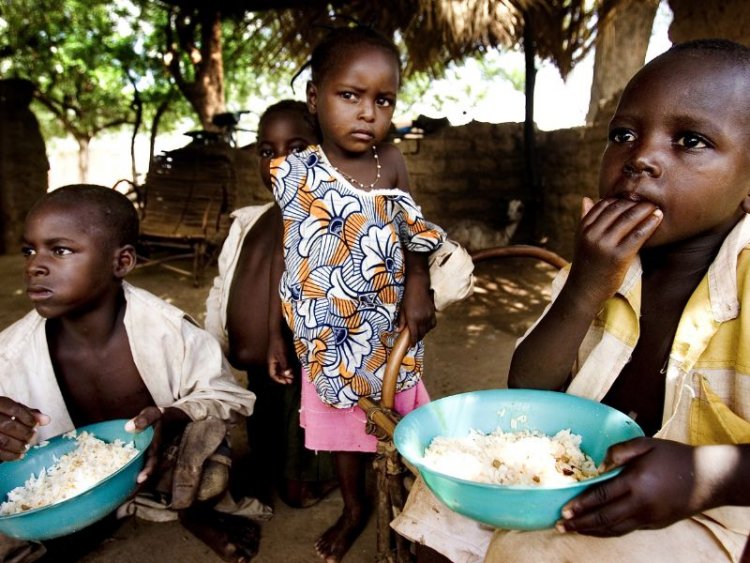12.2 cr more people pushed into hunger since 2019 due to multiple crises: UN report
The 2023 edition of the report reveals that between 691 and 783 million people faced hunger in 2022, with a mid-range of 735 million. This represents an increase of 122 million people compared to 2019, before the COVID-19 pandemic. While global hunger numbers have stalled between 2021 and 2022, there are many places in the world facing deepening food crises. Progress in hunger reduction was observed in Asia and Latin America, but hunger was still on the rise in Western Asia, the Caribbean and throughout all subregions of Africa in 2022. Africa remains the worst-affected region with one in five people facing hunger on the continent, more than twice the global average.

Over 122 million more people are facing hunger in the world since 2019 due to the pandemic and repeated weather shocks and conflicts, including the war in Ukraine, according to the latest State of Food Security and Nutrition in the World (SOFI) report published jointly by five United Nations specialized agencies.
If trends remain as they are, the Sustainable Development Goal of ending hunger by 2030 will not be reached, warn the Food and Agriculture Organisation of the United Nations (FAO), the International Fund for Agricultural Development (IFAD), the United Nations Children’s Fund (UNICEF), the World Health Organization (WHO) and the World Food Programme (WFP). It's a wake-up call for the fight against hunger.
The 2023 edition of the report reveals that between 691 and 783 million people faced hunger in 2022, with a mid-range of 735 million. This represents an increase of 122 million people compared to 2019, before the COVID-19 pandemic. While global hunger numbers have stalled between 2021 and 2022, there are many places in the world facing deepening food crises. Progress in hunger reduction was observed in Asia and Latin America, but hunger was still on the rise in Western Asia, the Caribbean and throughout all subregions of Africa in 2022. Africa remains the worst-affected region with one in five people facing hunger on the continent, more than twice the global average.
“There are rays of hope, some regions are on track to achieve some 2030 nutrition targets. But overall, we need an intense and immediate global effort to rescue the Sustainable Development Goals. We must build resilience against the crises and shocks that drive food insecurity-from conflict to climate, said UN Secretary-General António Guterres through a video message during the launch of the report at the UN Headquarters in New York.
The food security and nutrition situation remained grim in 2022. The report finds that approximately 29.6 percent of the global population, equivalent to 2.4 billion people, did not have constant access to food, as measured by the prevalence of moderate or severe food insecurity. Among them, around 900 million individuals faced severe food insecurity.
Meanwhile, the capacity of people to access healthy diets has deteriorated across the world: more than 3.1 billion people in the world – or 42 percent – were unable to afford a healthy diet in 2021. This represents an overall increase of 134 million people compared to 2019. Millions of children under five continue to suffer from malnutrition: in 2022, 148 million children under five years of age (22.3 percent) were stunted, 45 million (6.8 percent) were wasted, and 37 million (5.6 percent) were overweight. Progress has been seen in exclusive breastfeeding with 48 per cent of infants under 6 months of age benefiting from this practice, close to the 2025 target. However, more concerted efforts will be required to meet the 2030 malnutrition targets.
FAO chief economist Maximo Torero told a news conference launching the report that reducing the number of people eating unhealthy diets "is a big challenge, because it's basically telling us that we have substantially to change the way we use our resources in the agricultural sector, in the agri-food system."



 Join the RuralVoice whatsapp group
Join the RuralVoice whatsapp group






































